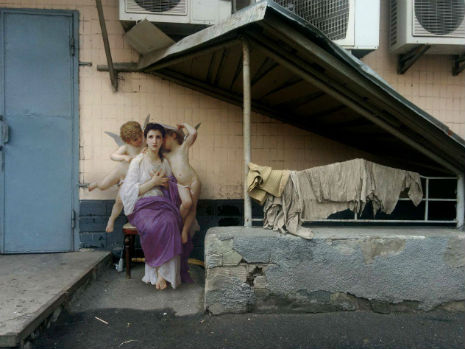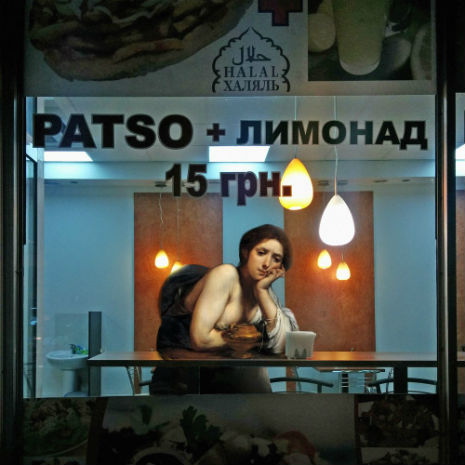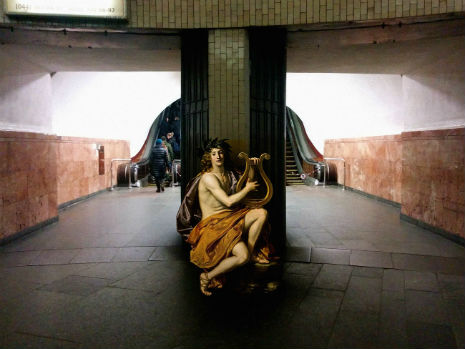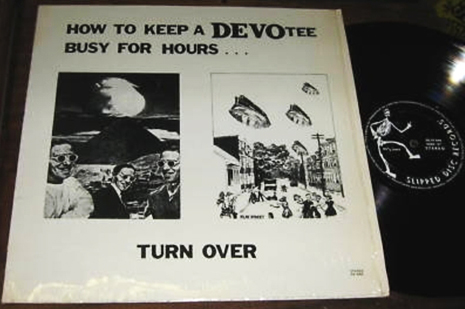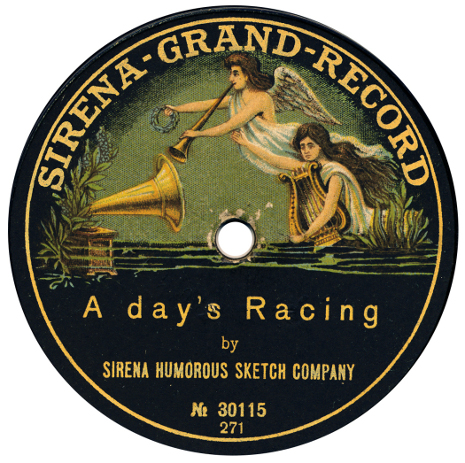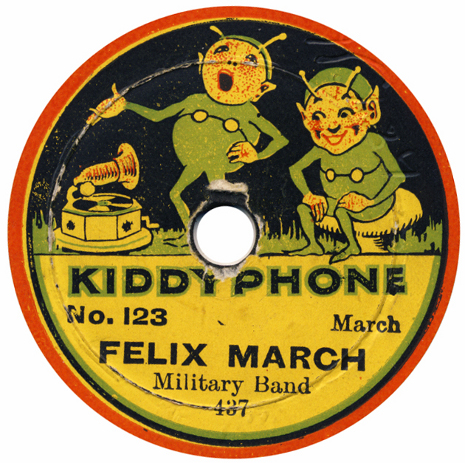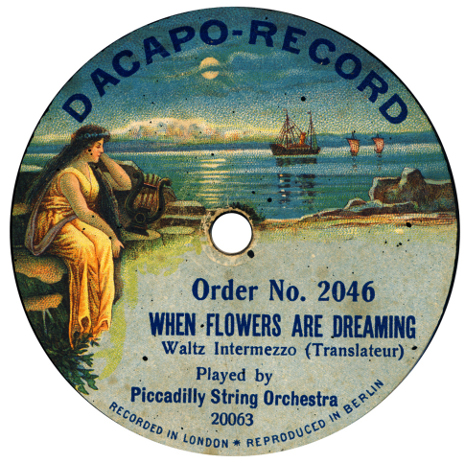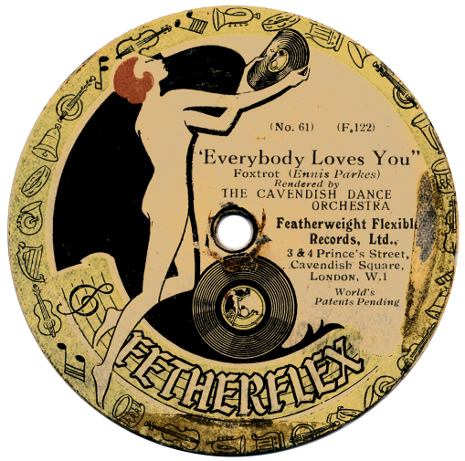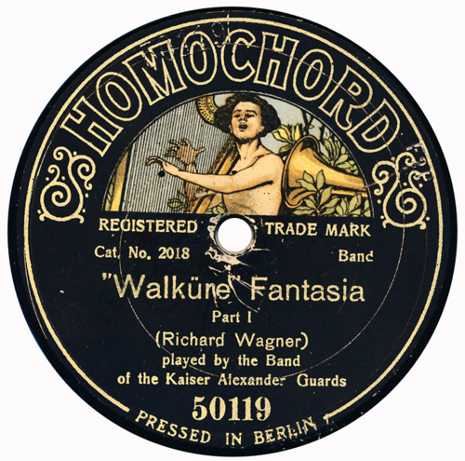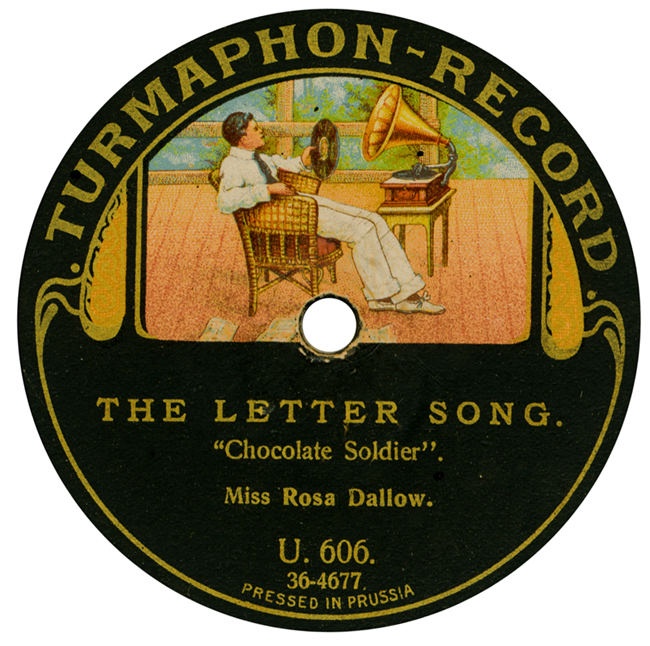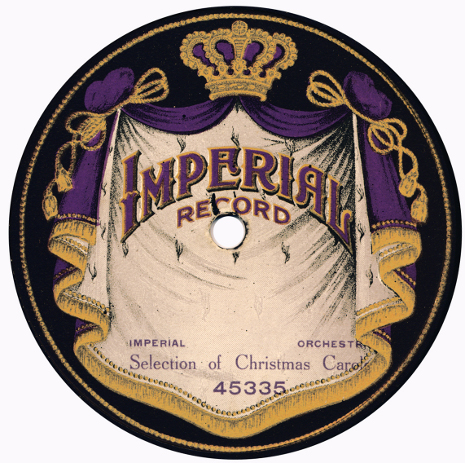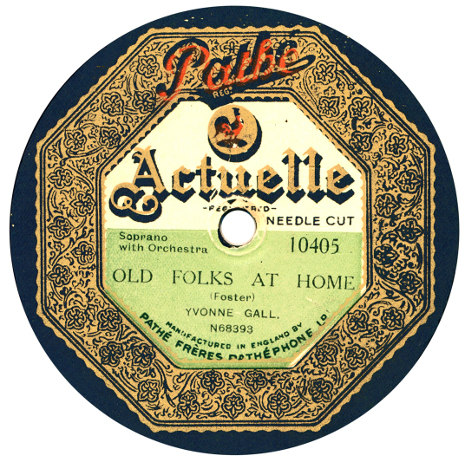
The bane of society
"They’re unsightly, unhygienic, and unfit for public display."
“Some slow week in summer, I should write a tirade against flip-flops,” I unwisely remarked to my editor one disgusting August afternoon a few years back, as we walked back from lunch behind a woman whose street-blackened soles could be glimpsed anew with each schlapp!-ing step. Now, during an early-July lull between big summer movie releases, he’s gone and called my bluff. And the truth is, I’m not really one for composing tirades. I’m a live-and-let-live sort when it comes to personal grooming and style, and whatever qualities I’m remembered for at my funeral, I’m fairly certain neither hygiene nor chic will top the list. But the increasing prevalence of all-day urban flip-flop wear during the summer months is something we need to talk about as a culture.
I won’t deny that this ancient shoe design, which can be seen in Egyptian murals dating back to 4000 B.C. (the British Museum owns a 1,500-year-old pair made of papyrus) has its situational utility. On the beach, by the pool, showering at the gym, taking out the garbage, making a quick run to the Laundromat—all these are moments in which the advantages of lightweight, easy-to-don-and-doff footwear are self-evident (even if personally, as a non-fan of the feeling of rigid objects wedged between my toes, I’d prefer an across-the-foot “slide” in those moments). I understand, too, that there are parts of the world where the inexpensive, mass-produced flip-flop is widely worn for reasons other than aesthetic choice; in many circumstances, it may be the only shoe that’s both available and affordable. But we are not here to discuss the footwear choices of impoverished villagers, just-showered athletes, or Jimmy Buffett strumming his six-string on his front porch in Margaritaville. We’re talking about grown adults in affluent societies—people presumably in possession of at least one pair of actual shoes—who see fit to navigate the grimy sidewalks of large cities shod only in a loosely flapping, half-inch-thick slip of rubber. Those people—you, if you’re among them—need to face the reality that you are, in essence, going barefoot, and it’s grossing the rest of us out.
From what angle to approach the wrongness first? The crux of the flip-flop problem, for me, lies in the decoupling of footwear from foot with each step—and the attendant decoupling of the wearer’s behavior from the social contract. Extended flip-flop use seems to transport people across some sort of etiquette Rubicon where the distinction between public and private, inside and outside, shod and barefoot, breaks down entirely. I’ve witnessed flip-flop wearers on the New York City subway slip their “shoes” off altogether and cross their feet on the train-car floor with a contented sigh, as though they were already home and kicking back in front of a DVR’d Cheers marathon. We would all look askance at a person who removed his socks and sneakers on the train before ostentatiously propping his naked dogs in plain sight. Why do people get a break just because they happen to be wearing footgear that takes them 90 percent of the way there?
Then there’s the lack of support and protection the flip-flop offers its wearer’s foot. Of course, the same might be said of any flat, thin-soled shoe—but as soon as you slap a heel strap and a buckle onto that sad, flapping sole, my objections disappear. Individual sandals and clogs are subject to scrutiny as to their wearability and visual appeal: Tevas and Crocs may be aesthetic abominations unto the Lord, but at least they perform most of the basic functions of shoes. They permit the wearer to break into a run or take a step backward when needed (who can predict when you’ll need to sprint to catch a bus or help a friend move his couch on short notice?). And with their thicker soles and foot-harnessing straps, they at least go some way toward protecting the feet from the most egregious aggressors in the outside environment: broken glass, loose nails at construction sites, wads of gum, pools of motor oil, piles of dog poop, puddles of human effluvia. (If this unappetizing imagery is skeeving out you flip-flop loyalists, welcome to the mental world of everyone who looks at your feet.)
It’s tough to find hard numbers for the growing pervasiveness of flip-flops as city footwear, though the explosive growth of the popular, Brazilian-owned Havaianas brand over the past two decades suggests that wherever we’re choosing to wear them, we’re certainly buying more of the things than ever. But anecdotally, it’s evident that flip-flop culture is steadily gaining ground. In 2005, several members of the Northwestern women’s lacrosse team wore them on a visit to the Bush White House, sparking a national conversation about whether shoes originally worn to ward off fungus at the gym were also appropriate for trekking through the Oval Office. By 2011, the stigma had diminished to the extent that Obama became the first-ever president to be photographed wearing a pair of flip-flops (though to the president’s credit, the context—an ice-cream shop in his native Hawaii, where he was vacationing with his family—was entirely flip-flop appropriate. It’s not like he was meeting with foreign dignitaries).
I contacted some professionals to confirm my suspicion that flip-flops are not only unappealing and unsanitary, but actively bad for the health of the human foot. Dr. Richard Kushner, a podiatrist in New York City, stopped just short of committing to the condemnation of flip-flops per se—though he allowed that they left the foot more vulnerable to injury, and that any thin-soled, unsupportive shoe would encourage the eventual degradation of the structures that maintain the joints of the foot: “If the foot is too flat on the ground, there’s a clawing effect that happens with the toes.” Asked about the hygienic properties of the flip-flop as city street-wear, he replied, “That’s another matter. That’s something that I myself certainly wouldn’t …” He trailed off, joining me in a moment of anguished silence.
Jeff Gray, C. Ped., a pedorthist and director of education at the orthotics company Superfeet Worldwide in Ferndale, Wash., was more voluble in his condemnation of the rubber-soled scourge. “I see young people going through airports wearing flip-flops and I want to run after them and say ‘I can help you.’ And half their foot isn’t even on the shoe; it’s collapsed off the shoe. … I believe 20 years from now we’re going to see a whole generation who will have foot problems when they’re in their 30s and 40s—soft tissue problems, joint problems, arthritis.” I asked him to lay out the precise anatomical problem with locomotion via flip-flop: “Mother Nature knew that when your foot hit the ground it needed to be a loose bag of bones; then when you push off it converts to a rigid lever. Shoes are really a timing device that manages the transition between those two states.”
With the ordinary flip-flop, he continued, the “bag of bones” stage of the step lasts too long, leaving the foot in the pronated (inwardly rolled) position. (This would explain why flip-flop soles tend to wear out from the inside edge first, and why people walking in them often seem to have inwardly collapsing ankles.) Gray also believes that backless shoes in general are a major cause of injuries and falls, especially among older people, thanks to their lack of maneuverability: “Go and take the lug nuts off your car and see how well you corner.”
My final line of argument against flip-flops is a more nebulous one, having to do with their laziness and lack of character as footwear. Because of the ease with which they’re put on and removed—along, perhaps, with their generic ubiquity—flip-flops connote a sort of half-dressed slatternliness, a sense that the wearer has forgotten to do anything at all with his or her body from the ankles down. I was going to call them “foot underwear” (nomenclature that would be consistent with their older U.S. designation as “thongs,” a term still used in Australia) but that’s not quite right—after all, it’s not like you’re going to put a pair of real shoes on top. More precisely, flip-flops are foot robes, and seeing hundreds of strangers walk by in dirty, sidewalk-sweeping bathrobes barely held on with loosely tied belts (the analogy holds up all the way through) is no one’s idea of summer fun. Unless your daily commute is a stroll from your hammock across white sands to the piña colada stand you manage in Waikiki, please consider leaving the foot robes at home.















